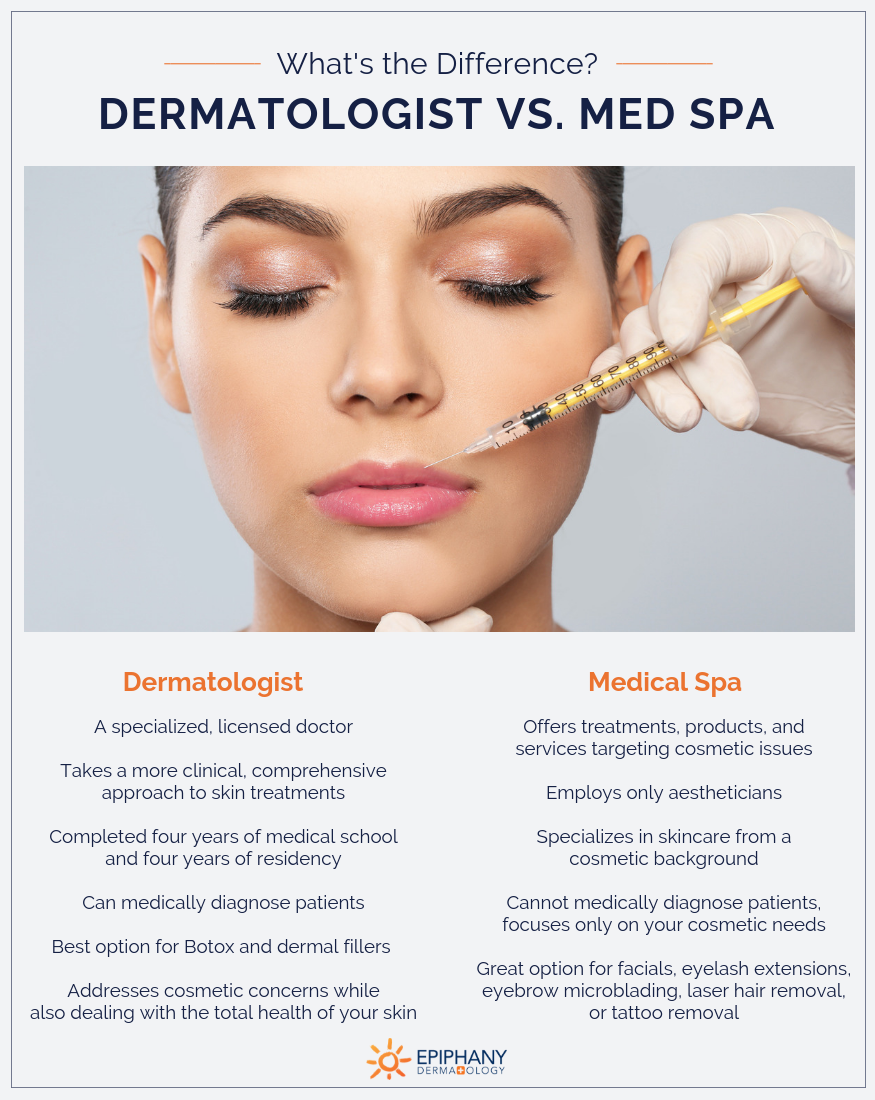Experience the benefits of a professional chemical peel.
Experience the benefits of a professional chemical peel.
Blog Article
Navigating Skin Cancer Cells Treatment: The Important Role of Mohs in Modern Dermatology Practices
Skin cancer cells, a complicated diagnosis, commonly leaves patients grappling with various therapy alternatives. As we explore the ins and outs of this treatment, one will appreciate its essential duty in skin cancer treatment.
Comprehending Skin Cancer Cells: Kinds and Risks
There are three major kinds of skin cancer: Basal cell carcinoma, Squamous cell cancer, and Cancer malignancy. It accounts for just regarding 1% of skin cancer cases yet creates the huge majority of skin cancer fatalities. Danger elements consist of reasonable skin, history of sunburn, excessive sunlight exposure, living at high altitudes or shut to the equator, having numerous moles, a family background of skin cancer, and weakened immune system.
What Is Mohs Surgery and Just How It's Changing Skin Cancer Treatment
Regardless of the various therapies currently offered for skin cancer cells, Mohs surgical treatment stands out as a groundbreaking and extremely reliable service. Called after Frederic E. Mohs, the physician who created the procedure, Mohs surgical procedure is a specific surgical method made use of to treat skin cancer. Throughout the treatment, thin layers of cancer-containing skin are gradually gotten rid of and examined up until just cancer-free cells remains. This method enables the doctor to verify that all cancer cells have been gotten rid of at the time of surgical procedure. This degree of precision, combined with the capability to save as much healthy and balanced cells as possible, is transforming skin cancer cells therapy. Therefore, Mohs surgery has become a foundation of contemporary dermatology methods.
The Benefits of Mohs Surgical Treatment Over Typical Skin Cancer Cells Therapies
Structure on the ingenious nature of Mohs surgery, it's necessary to consider its various benefits over conventional skin cancer cells treatments. Unlike conventional procedures, Mohs supplies a higher cure rate, frequently getting to 99% for first-time treatments and 94% for recurring cancers. Furthermore, it minimizes damage to healthy and balanced skin, leading to less scarring and enhanced aesthetic results.
The Procedure of Mohs Surgical Procedure: What to Anticipate During the Process

Prospective Adverse Effects and Post-Operative Care of Mohs Surgical Procedure
Going through Mohs surgical procedure, like any various other operation, entails prospective side results that clients must know. Typical adverse effects consist of discomfort, wounding, and swelling at the surgical procedure site. These are usually momentary and manageable with over the counter discomfort medication and ice packs. In uncommon cases, people may experience infection, bleeding, or an allergy to the anesthetic. Post-operative treatment is essential to healing and lessening negative effects. This generally entails keeping the injury clean and completely dry, taking proposed drugs, and preventing difficult tasks. People must also go to all follow-up visits for wound care and monitoring. In many cases, added treatments might be required to make certain total removal of the cancerous cells. Adhering to these post-operative treatment standards can significantly enhance healing and results.
Verdict

Report this page